Type Settlement Excavation dates 2005-2015 | Founded 170 BC Local time Sunday 7:11 PM | |
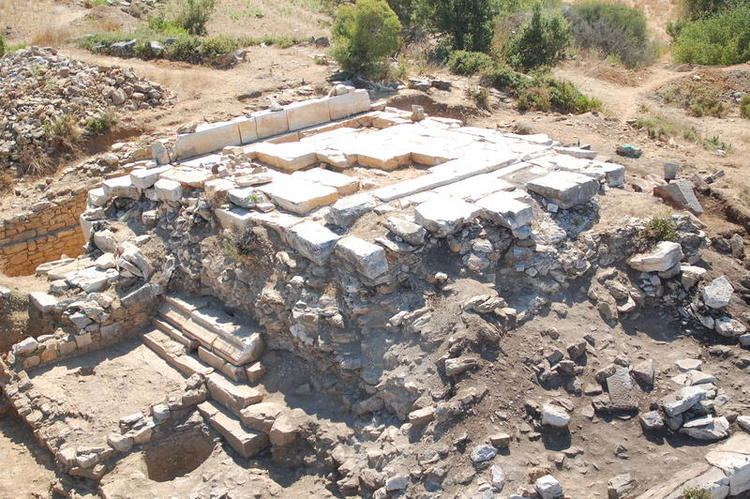 | ||
Alternate name Antiochetta, Antiocheta, Antiochia Parva, Antiocheta in Rufine Weather 14°C, Wind NW at 11 km/h, 74% Humidity | ||
From the temple to roman mosaic antiochia ad cragum all ancient history in land gazipa a turkey
Antiochia ad Cragum (Greek: Αντιόχεια του Κράγου) also known as Antiochetta or Latin: Antiochia Parva (meaning "Little Antiochia") is an ancient Hellenistic city on Mount Cragus overlooking the Mediterranean coast, in the region of Cilicia, in Anatolia. In modern-day Turkey the site is encompassed in the village of Güneyköy, District of Gazipaşa, Antalya Province.
Contents
- From the temple to roman mosaic antiochia ad cragum all ancient history in land gazipa a turkey
- Enormous roman mosaic found under farmer s field gazipa a turkey antiochia ad cragum
- Bishopric
- References
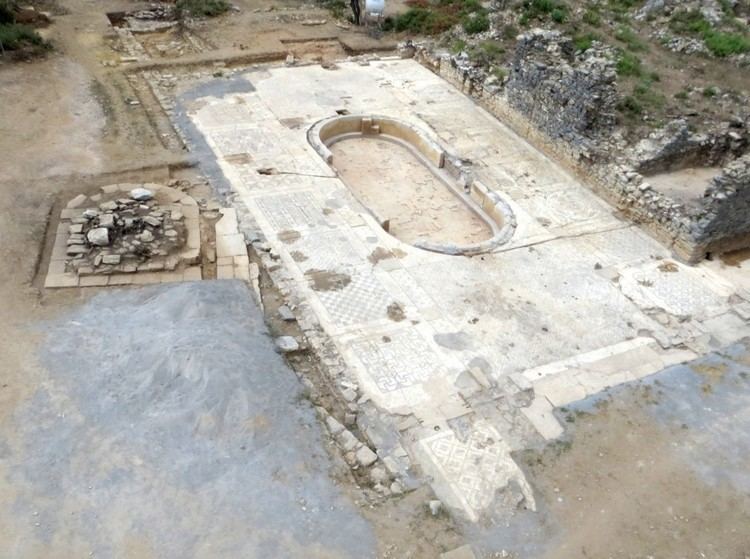
The city was founded by Antiochus IV Epiphanes in approximately 170 BC. It minted coins from the mid-1st century to the mid-2nd century; the last known of which were issued under Roman Emperor Valerian. The city became part of the kingdom of Lesser Armenia in the 12th century. In 1332, the Knights Hospitallers took the city, after which it was known variously as Antiochetta, Antiocheta, Antiocheta in Rufine (Papal bull of Pope John XXII), and Antiochia Parva.
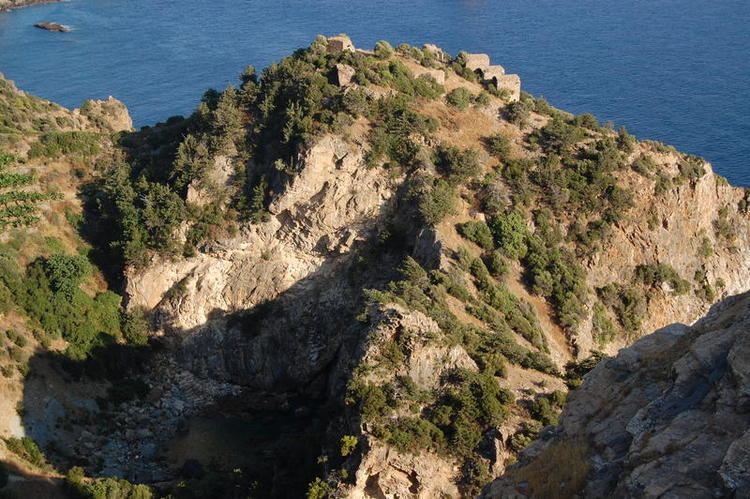
Some scholars claim an identity of Antiochia ad Cragum with the city Cragus (Kragos) or, although it lies more than 100 km away, with Sidyma, which some scholars assert was the Lycian Cragus (Kragos).
Ruins of the city remain, and include fortifications, baths, chapels, Roman necropolis, and the largest Roman mosaic found in Turkey.

Enormous roman mosaic found under farmer s field gazipa a turkey antiochia ad cragum
Bishopric
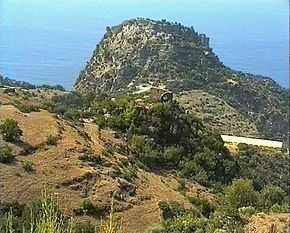
In Byzantine times, Antiochia Parva was the seat of an episcopal see of the Roman province of Isauria in the Diocese of the East. It was part of the Patriarchate of Antioch and was suffragan of the Archbishopric of Seleucia.
There are five known ancient bishops of this diocese:
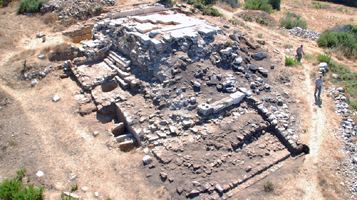
The Roman Catholic Diocese of Antiochia Parva is no longer a residential bishopric. It is today listed as a suppressed and titular see of the Roman Catholic Church. The seat is vacant since April 11, 1964. It was held previously by:
